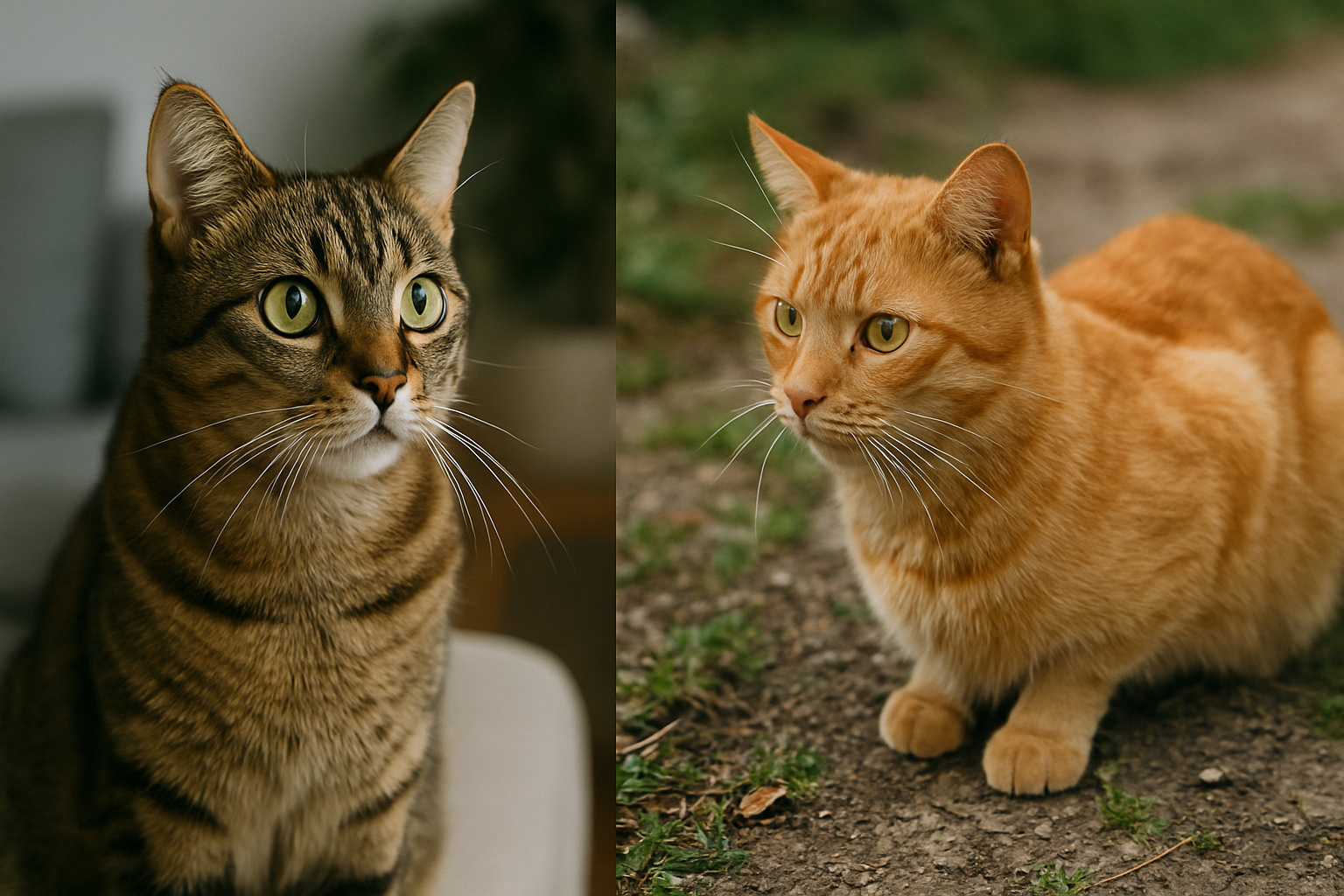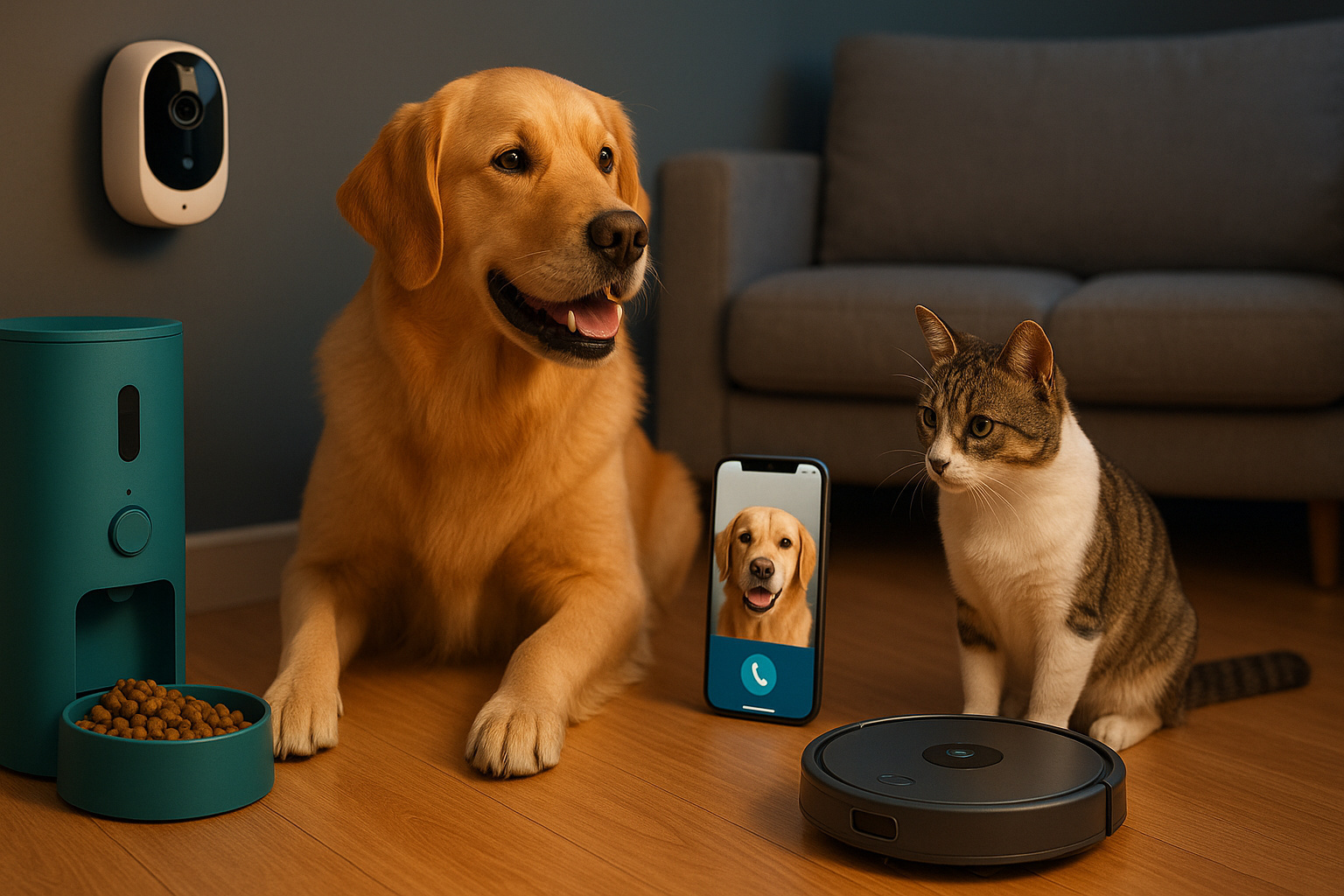
In 2025, the raw food diet for pets continues to stir debate among pet owners and veterinarians alike. This diet, which consists of feeding pets raw meat, bones, fruits, and vegetables, is argued by some to be a return to a more natural, species-appropriate food source. However, others caution against potential health risks such as exposure to pathogens and nutritional imbalances. This guide aims to dissect these perspectives by offering an in-depth look at the raw food diet, helping pet owners make informed decisions about their pets' nutrition.
Choosing the right raw food regime for your pet involves careful consideration of several factors. First, it is essential to understand the specific nutritional needs of your pet based on age, weight, activity level, and existing health conditions. Dogs, for example, might thrive on different raw ingredients compared to cats, who are obligate carnivores and require a diet high in protein and fat.
Many proponents of raw feeding advocate for a balanced diet that mirrors what an animal might eat in the wild. This typically includes muscle meat, bone (either whole or ground), organ meats (like liver and kidneys), raw eggs, and small amounts of vegetables and fruits. However, the exact proportions can vary, and it's wise to consult with a veterinarian or a pet nutritionist to create a diet tailored to your pet's specific needs.
Maintenance and ownership costs of a raw food diet can vary significantly compared to conventional pet food. Preparing homemade raw meals might seem cost-effective, but it requires a considerable time investment. Purchasing commercially prepared raw meals tends to be more expensive than traditional pet food due to the higher quality of ingredients used and the specialized processing methods to ensure the safety of the raw products.
Pet owners must also consider the additional costs related to proper storage and handling of raw foods to prevent contamination and spoilage. Investing in good quality freezers and understanding safe thawing and handling procedures are essential to maintain the safety and nutritional integrity of the raw diet.
Transitioning pets to a raw diet should be a slow and monitored process, observing the pet's health and preference throughout. Initially introducing small amounts of raw meat mixed with their usual food, and gradually increasing the proportion over time, helps in adjusting your pet's digestive system. Regular consultations with a vet, particularly in the early stages of transitioning, ensure that the nutritional needs are being met and that the pet is adapting well to the new diet.
In conclusion, the raw food diet for pets presents both potential benefits and risks. Key decisions about whether it's the right choice for your pet should involve thoughtful consideration of the animal's specific dietary needs, consulting with professionals, and assessing the related maintenance and costs. As 2025 continues to offer evolving perspectives and research on pet nutrition, staying informed and vigilant about the latest studies and safety measures will ensure the best possible care for your companions.



